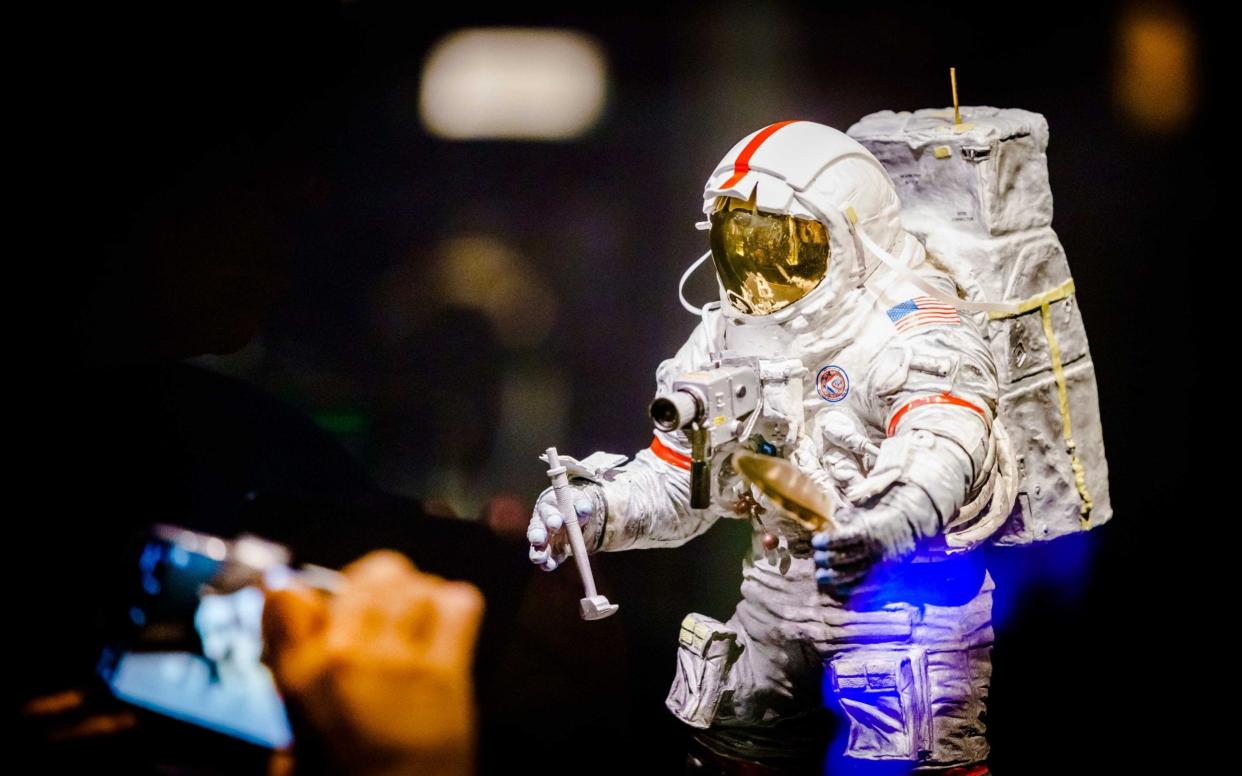Europe space agency to join new race to the moon

Europe is to launch a spacecraft to the Moon as it seeks to become a contender in the new space race that has taken off 50 years after the historic US lunar mission.
The Paris-based European Space Agency (ESA) is to land a a robotic rover on the lunar surface rather than astronauts, but says it will eventually send manned missions.
After Neil Armstrong became the first man to walk on the Moon, the initial craze for lunar exploration waned. Enthusiasm has been boosted again by cheaper technology and the increasing involvement of private companies such as SpaceX and Virgin Galactic, which are planning to send tourists into orbit within a few years.
ESA is working with the Canadian and Japanese space agencies to prepare its Heracles Moon mission, to be carried out in the mid to late 2020s.
It marks a change in direction for the agency, which had primarily focussed on the scientific aspects of space exploration since it was founded by 22 European countries, including the UK, in 1975.
ESA’s rover will “scout the terrain in preparation for the future arrival of astronauts, and deliver lunar samples to Earth,” the agency said.
The rover will use the future Lunar Gateway, a space station to be placed in orbit around the Moon by Nasa and ESA in the 2020s, as a staging post. A small lander carrying a rover, weighing about 1,800kg (3,968lb) in total, will descend on to the Moon’s surface, monitored by astronauts in the Gateway.

An ascent module will take off from the Moon and return to the Gateway carrying back samples taken by the rover. The moon samples collected by the Heracles rover will be flown back to Earth on the Orion manned spacecraft under development by Nasa and ESA.
“Goals include testing new hardware, demonstrating technology and gaining experience in operations while strengthening international partnerships in exploration,” ESA said on its website.
“Heracles will demonstrate these technologies and prove their value for humans. Later missions will include a pressurised rover driven by astronauts.”
The European plan follows China’s landing on the far side of the Moon in January. Both China and the US are planning new manned missions to the Moon - and eventually Mars - reviving memories of the Cold War space rivalry between the US and the Soviet Union.
The US is planning to land the first woman on the Moon by 2024. India is also about to launch its Chandryaan-2 Moon mission on Monday, after aborting it just an hour before take-off on July 15.
Israel’s non-profit company SpaceIL has abandoned plans for a second moonshot after its original mission crash-landed in April.

 Yahoo News
Yahoo News 
